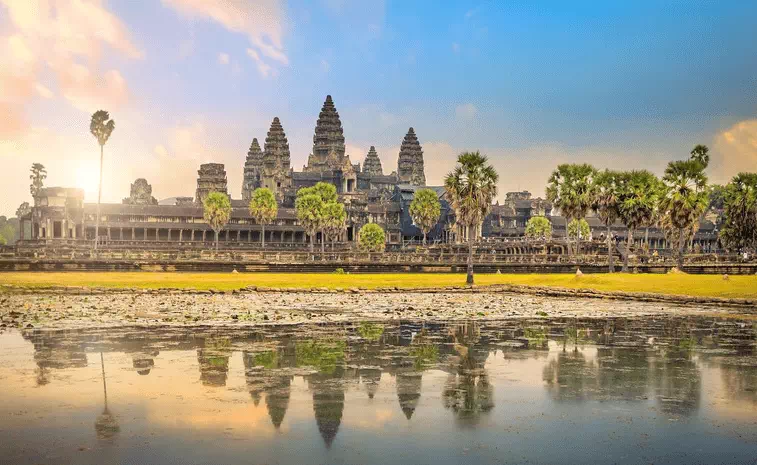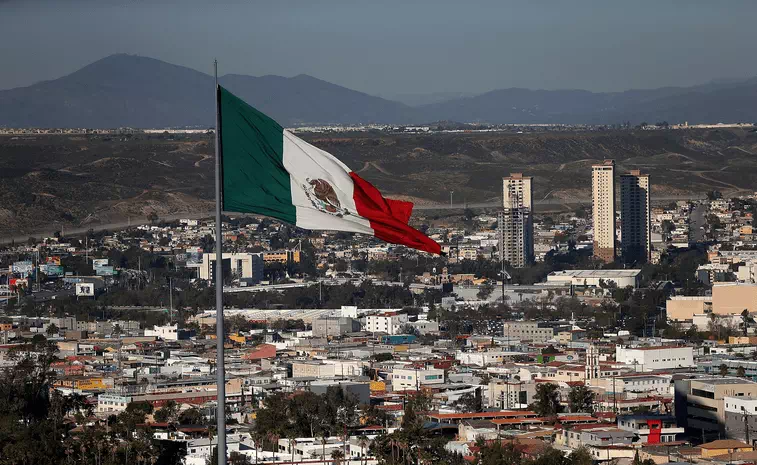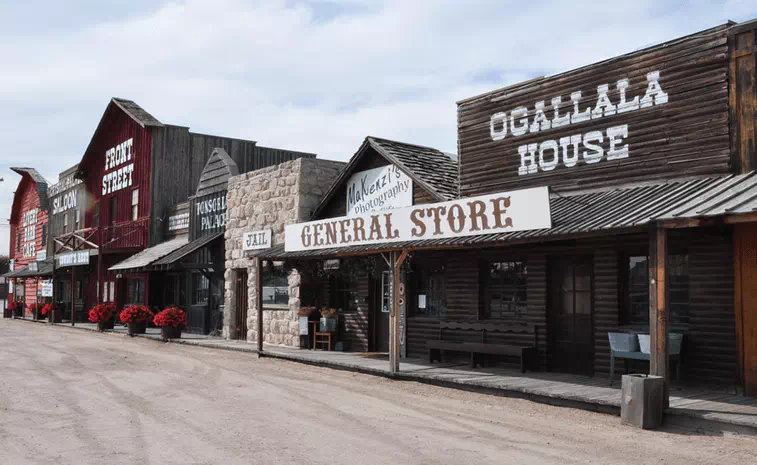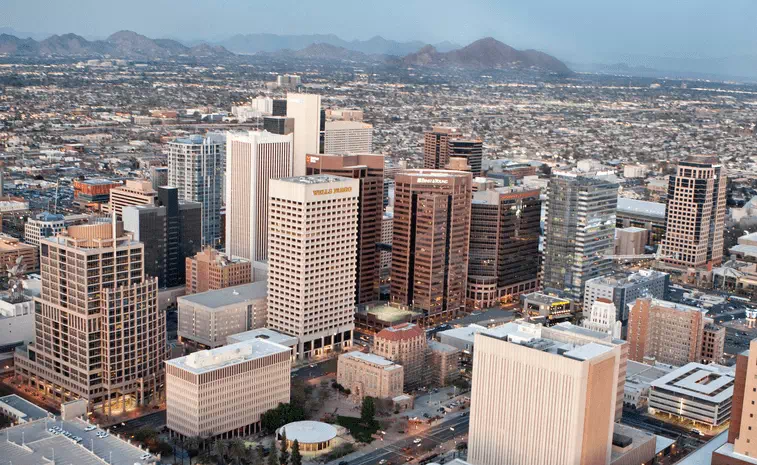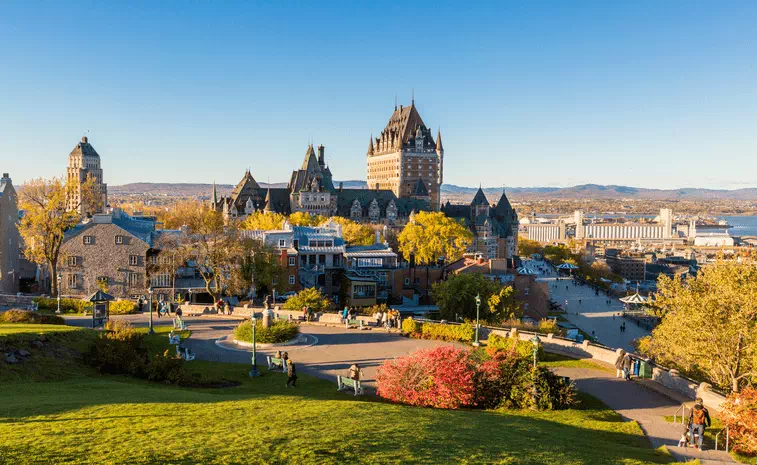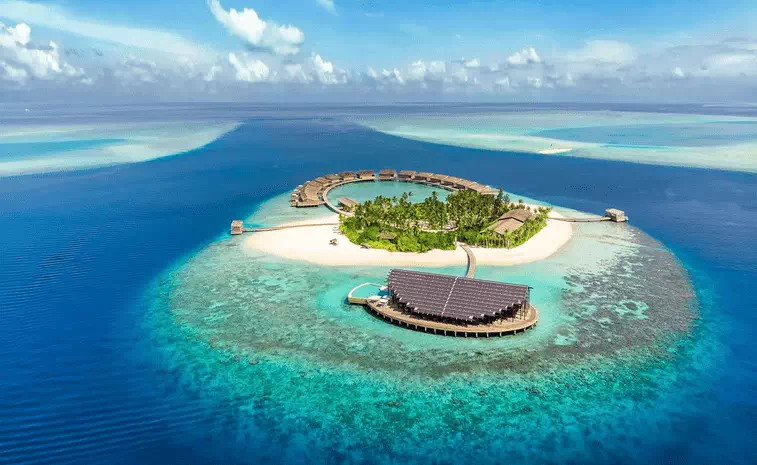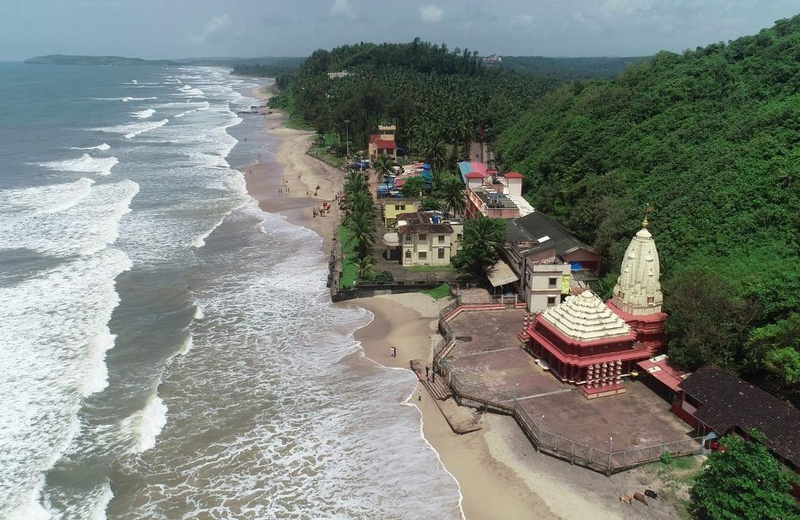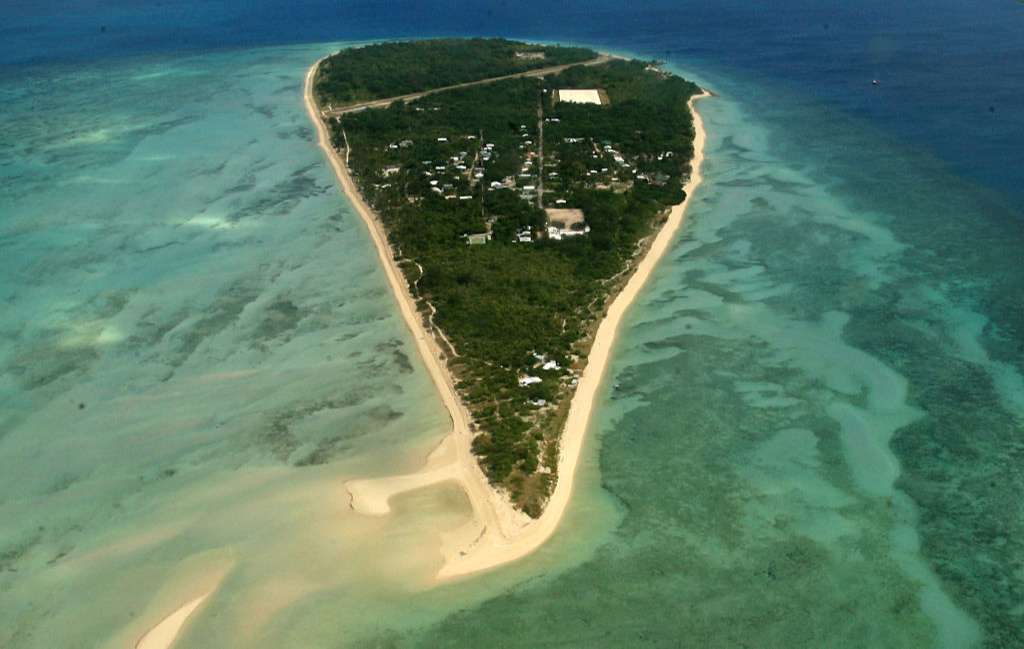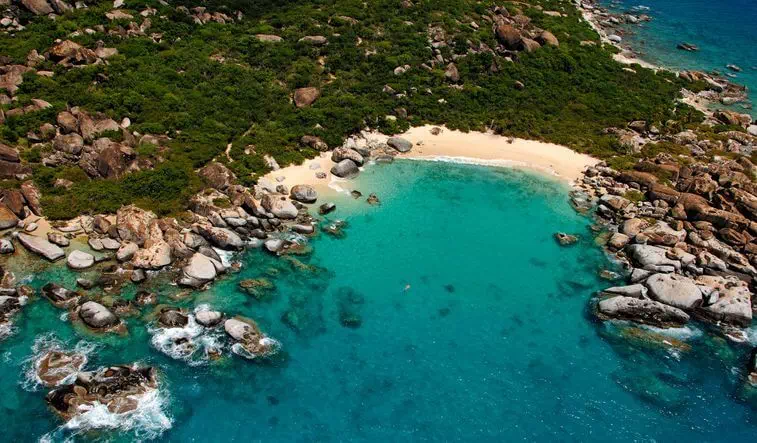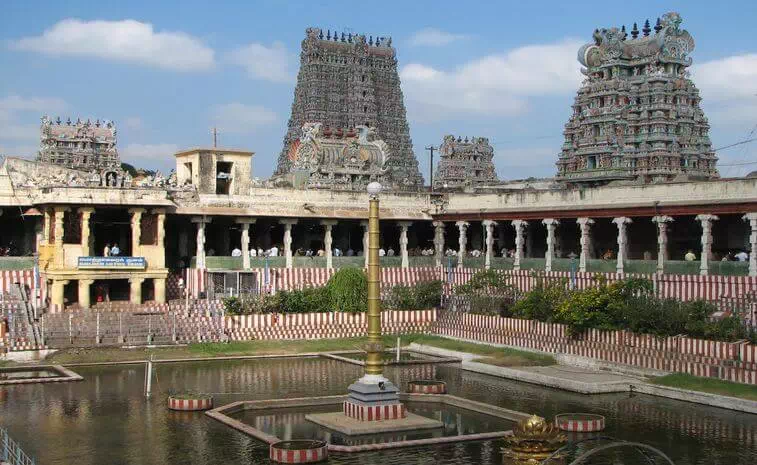Balearic Islands (History, Wildlife, Population, Capital)
Balearic Islands
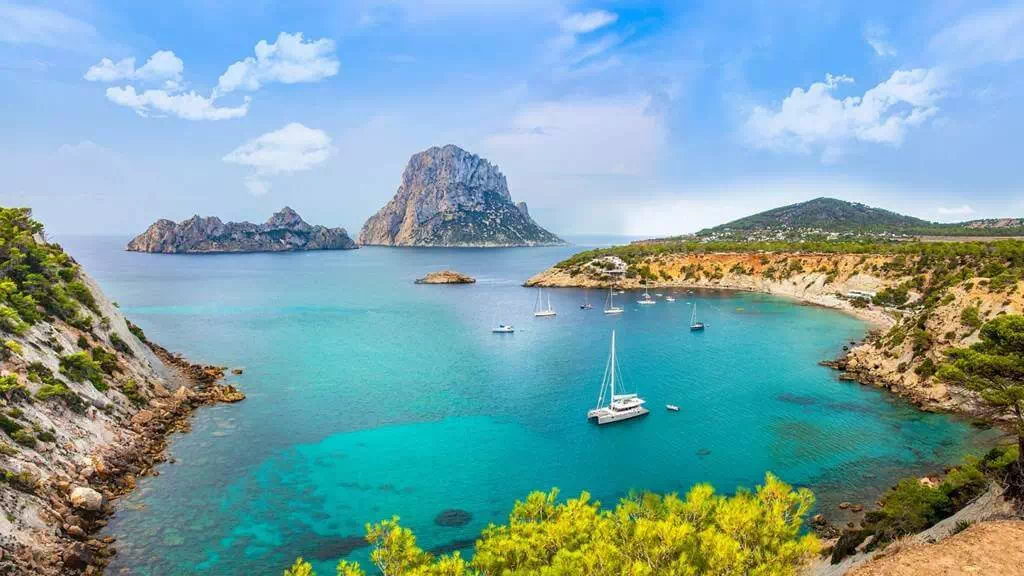
Today we are going to talk about the Balearic Islands. The Balearic Islands are known as archipelagos of islands in the western Mediterranean Sea and on the east coast of the Iberian Peninsula in Spain. The Balearic Islands are located in the same area and form many archipelagos and island chains.
This type of island is considered to be one of the archipelagos of Spain in the Mediterranean. Some of the islands of the Balearic Islands are popular tourist destinations and are known internationally as party destinations. So let's gather a little more information about the Balearic Islands.
The four largest islands on the Balearic Islands are Menorca, Formentera, Ibiza and Mallorca. Many of the smaller islands on this type of islands are closer to the larger islands, including Dragonera, S'Espalmador and Cabrera. The Mediterranean climate is found in the islands of the Balearic Islands. The culture and cuisine of the Balearic Islands is similar to the rest of Spain, but the Islands have their own special features. Capital of balearic islands is Palma de Mallorca.
History
According to legend, the islands of the Balearic Islands were known as Gymnesiae because the inhabitants of the Balearic Islands were always seen naked in summer seasons. Many other legends of ancient Greece suggest that the inhabitants of the Balearic Islands lived in caves and hollow rocks.
In the 800's and 900's, pirates used several islands in the Balearic Islands to hide and steal from fleets. And then this emirate of Córdoba was forced to occupy the Balearic Islands and make them part of the territory of the state.
Menorca became a British colony in the Balearic Islands in the 18th century after the Treaty of Utrecht between Spain, Portugal and Great Britain. In 1756, the French conquered the Balearic Islands, which they maintained for seven years during the war. The British recaptured the Balearic Islands after the war. After signing the Treaty of Amiens in March 1802, the Balearic Islands returned to Spain.
Wildlife
The fauna and flora of these islands are typical of the Mediterranean. There are many endemic species in the Balearic Islands. The ecosystem of the Balearic Islands includes salt marshes, mountainous areas, gorges and rocks. The Balearic Islands are home to many species of plants and animals. More than 400 fish species and hundreds of inseparable birds and crustaceans live on and around the many islands of the Balearic Islands.
The coastline of this type of Islands forms a grass and which is an important food. The Balearic Islands protect a number of species. Plants grown on the Balearic Islands are also responsible for the clean water of the oceans. The land of the Balearic Islands is home to 124 endemic plant species, 31 orchids, 32 ferns and some introduced plant species.
The flora and fauna of the Balearic Islands are typical of the Mediterranean, with many endemic species. The ecosystem includes salt marshes, gorges, mountainous areas and rocks, where species of plants and animals live. More than 400 fish species and hundreds of indigenous birds, and crustaceans live on and around the islands. The seashore forms a grass that is an important food and protects numerous species. These plants are also responsible for the pure water of the sea.
There are over 300 endemic animals on the Balearic Islands. Most of the animals that live on the Balearic Islands are snails and insects. Some species of animals that live on the Balearic Islands include the Mallorcan midwife toad, the Lilford's wall lizard, the Balearic shearwater, the Balearic warbler, and the Eurasian blue tit.
Economy
The total domestic production of the Balearic Islands in 2018 was 32.5 billion euros and is considered to be 2.7% of the Spanish economic output. The adjusted per capita GDP for purchasing power on Iceland was 98% of the average of 29,700 euros in a single year.
Geography
This type of archipelago consists of four large islands in the Mediterranean Sea and several other smaller islands. Those islands of the Balearic Islands can be further grouped. The Icelandic islands of this type cover about 4,992 km2 and account for only 1% of the Spanish territory. Most of the smaller islands and islands of the Balearic Islands are located close to the larger islands. The Balearic front is the density regime north of the Islands on the shelf operas of the islands and is responsible for some of the features of this type of sea surface flow.
This type of archipelago is an extension of the sub-batik Cordillera of the Iberian Peninsula and has a close proximity to Cape Nao in the province of Alicante that connects the two. Those islands of the Balearic Islands are diverse terrain, characterized by lowlands, plateaus and undulating hills. The coastal areas of the Balearic Islands did not have large settlements until the 19th century due to numerous raids by barbary pirates.
Climate
Due to their location in the western Mediterranean Sea, these types of islands experience a Mediterranean atmosphere. The climate on the Balearic Islands is characterized by mild, humid winters and hot and dry summers. The sub-tropical ridges on the Balearic Islands often affect the climate of the region by keeping the weather conditions dry during the summer season.
In the winter season on the Balearic Islands, the subtropical ridge moves towards the equator and causes frequent rainfall. The islands of the Balearic Islands receive most of their rainfall during spring and winter. Temperatures on the Balearic Islands range from 15 C in January to 30 C in August. This type of Islands has an average temperature of 21.8 ° C and an average annual rainfall of 450 mm.
Culture
Meals on the Balearic Islands can be grouped as part of giant Catalan, Spanish and Mediterranean cuisine. The Balearic Islands have more pastries, wine, cheese, pork and seafood. After the tourist recipes that attract King Juan Carlos I to the islands.
Both Catalan and Spanish are recognized as the official languages of the Balearic Islands. Catalan of the Balearic Islands is literally referred to as "their own language" in the law of independence. Practically all the inhabitants of this type of island speak Spanish. Other languages on the Balearic Islands, such as German, English, French and Italian, are often spoken by locals who are found working in the tourism industry.
Human Settlement
The four main islands on the Balearic Islands and the surrounding islands and small islands are governed by the Insular Council. The population of this type of archipelago has been steadily increasing since the beginning of the 20th century. The combined population of the Balearic Islands is estimated at 1.15 million people in 2017, the majority of whom live in Mallorca. Ibiza is the second most populous island with a population of 111,000 while Menorca has a population of 87,000. The island of Formentera in the Balearic Islands is known as the least populated island with about 8,000 people.





